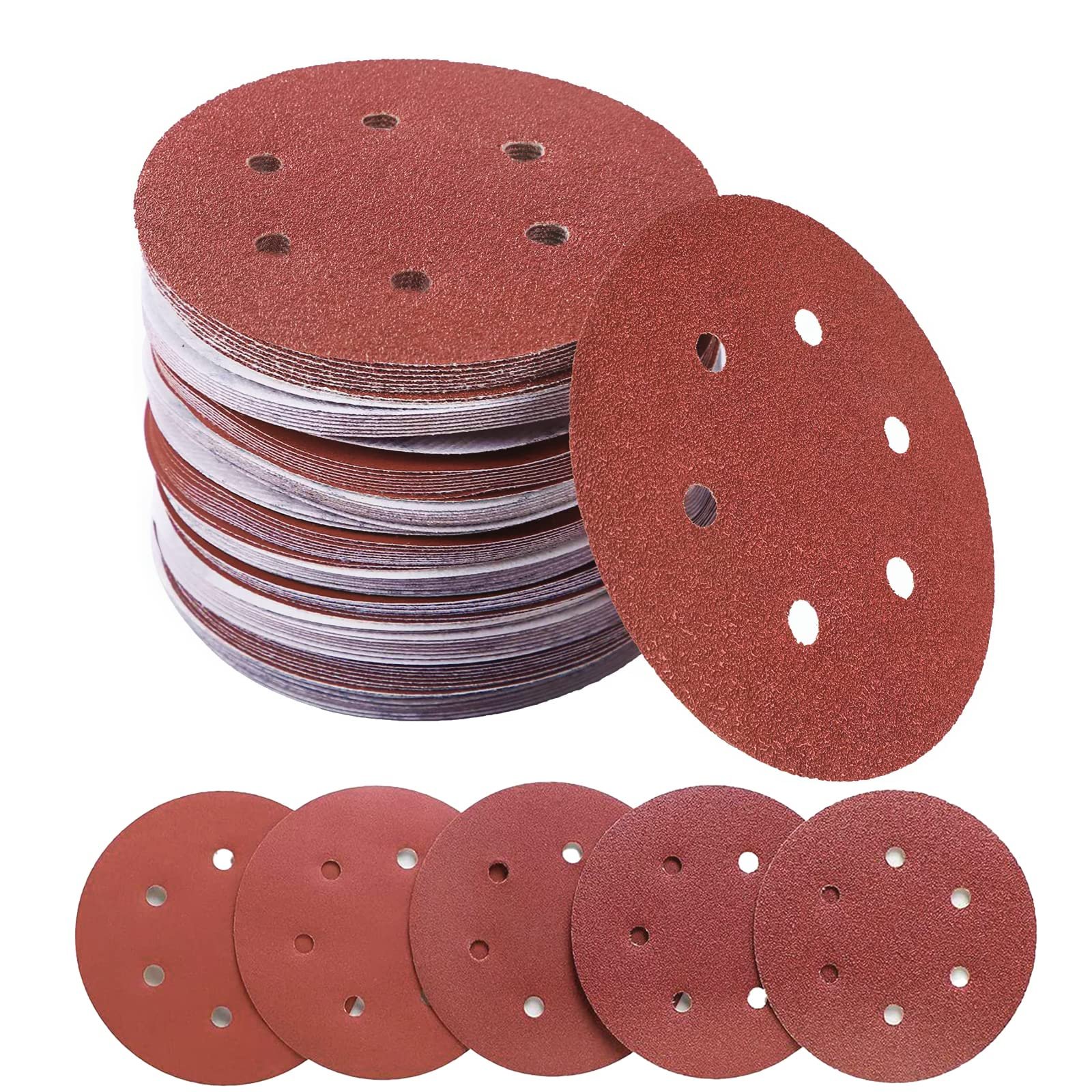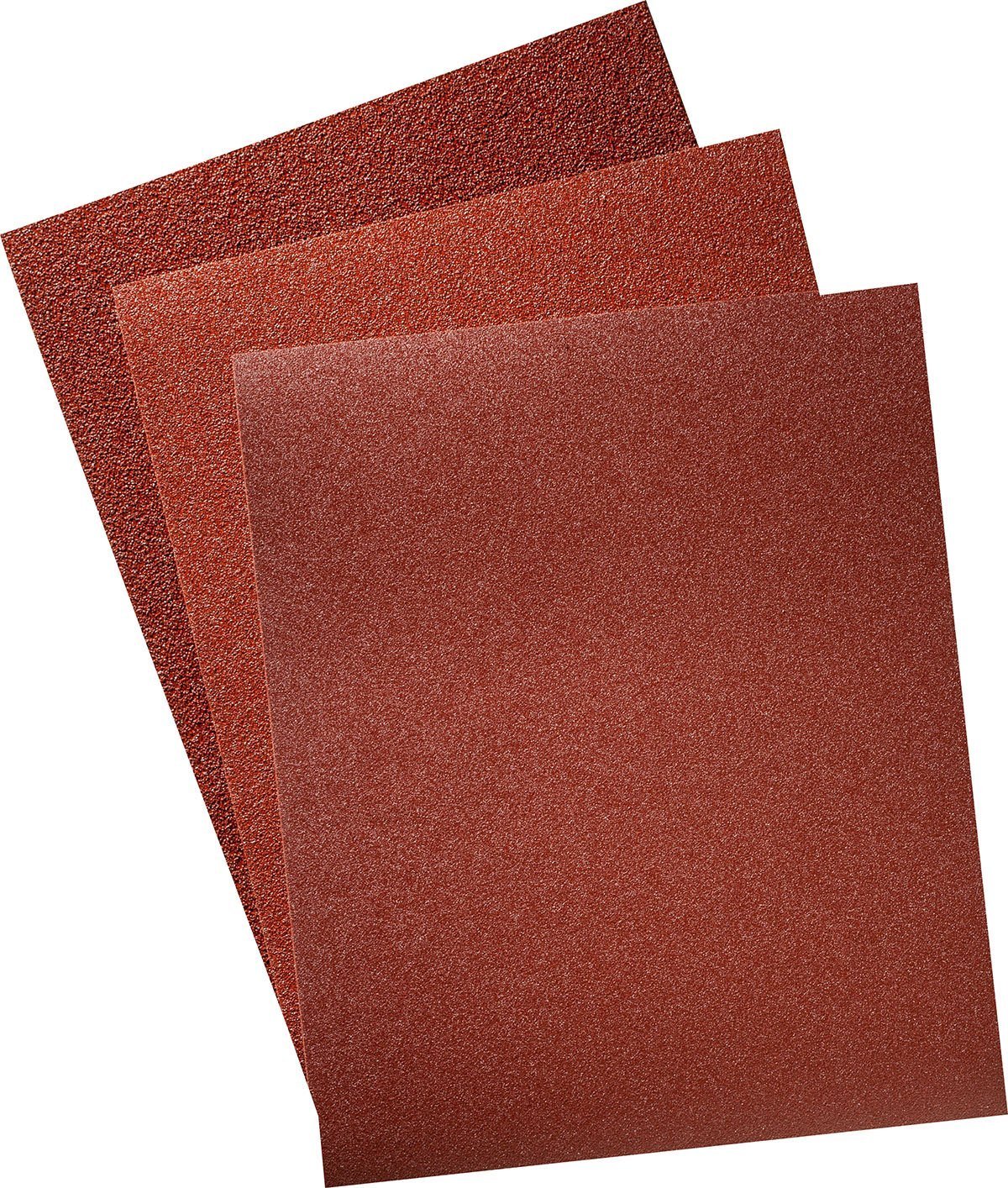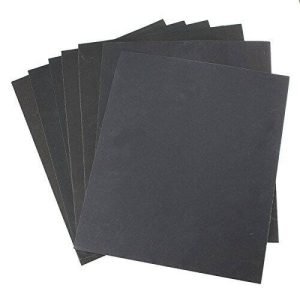Sanding discs are essential tools for surface preparation, material removal, and fine finishing across numerous industries. Designed to fit power tools like orbital sanders and angle grinders, these discs use abrasive grains to deliver clean, efficient results. Their wide-ranging versatility makes them indispensable in woodworking, metal fabrication, automotive repair, and construction.
Understanding the Different Types of Sanding Discs
-
Aluminum Oxide: A reliable, all-purpose abrasive for wood and metal.
-
Ceramic: Designed for heavy-duty tasks, offering superior durability and cutting power.
-
Zirconia Alumina: Strikes a balance between aggression and finish quality—ideal for grinding metals.
Backing materials like foam, paper, or fiberglass mesh affect flexibility, heat resistance, and overall performance—especially during prolonged or high-speed sanding operations.
How to Choose the Right Grit Size for Your Project
-
Coarse (40–80 grit): Ideal for paint removal, rough shaping, and initial surface leveling.
-
Medium (100–150 grit): Used for general smoothing and surface refinement.
-
Fine to Ultra-Fine (180–400+ grit): Perfect for polishing, prepping for painting, or finishing delicate surfaces.
For multi-step projects, move from coarse to finer grits progressively. This minimizes surface damage and enhances final finish quality.
Best Practices for Safe and Efficient Sanding
-
Always secure the disc properly to prevent detachment during use.
-
Apply even pressure to avoid gouges or premature disc wear.
-
Use dust extraction systems to maintain clear visibility and reduce respiratory risks.
-
Inspect discs regularly—damaged or worn abrasives compromise both safety and performance.
Maintenance Tips to Maximize Disc Longevity
Extend the life of your sanding discs with proper care:
-
Clean clogged discs using rubber cleaning sticks to restore cutting performance.
-
Store in a dry, cool environment to protect adhesives and backing materials.
-
Avoid overheating by using light, consistent pressure and taking breaks during extended use.
Maintaining your sanding discs not only improves results but also protects your tools from unnecessary wear.
Final Thoughts
From heavy material removal to ultra-smooth finishing, sanding discs are vital for achieving professional results in a wide variety of applications. By selecting the right disc, understanding grit progression, and following best practices, users can maximize both efficiency and quality. When well-maintained, sanding discs become a cornerstone of precise, productive surface treatment.




Hi, this is a comment.
To get started with moderating, editing, and deleting comments, please visit the Comments screen in the dashboard.
Commenter avatars come from Gravatar.